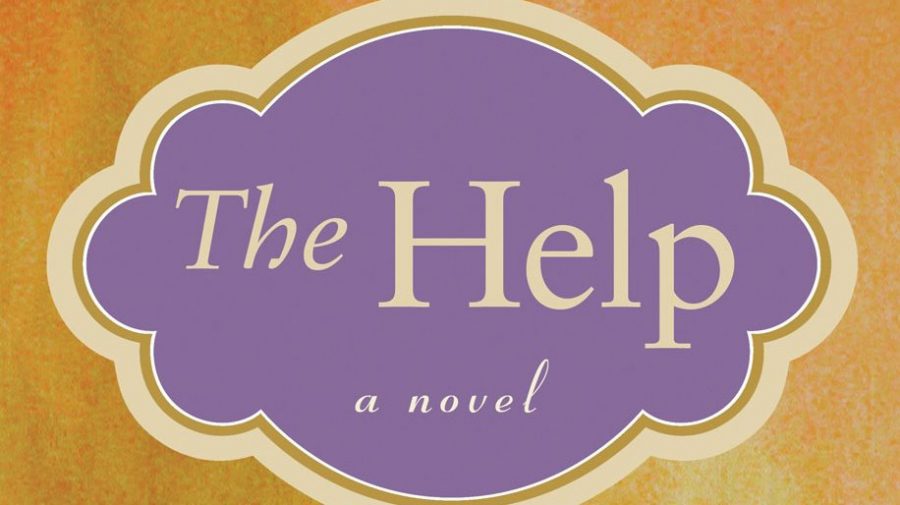Of the 29 consecutive weeks UA graduate Kathryn Stockett’s “The Help” has been on the New York Times Bestseller list, it has dropped out of the top 10 only seven times; 11 of those weeks, including the last seven in a row, the book held the top spot. Its film adaptation has grossed more than $141 million worldwide.
The story is set in Jackson, Miss. in 1962. Although slavery has been abolished, Jackson is still segregated, with many black women working for little pay as maids in white homes. Aibileen, who is raising her seventeenth white child, and her best friend Minny, who has just been fired from her job, team up with a young, white writer, Skeeter, to write a book describing what it’s really like to be a black maid during the time period.
“I loved them both,” said Rachel Bradford, a sophomore majoring in public relations. “I liked that they were able to tell the story of the slave versus the slave owners and have both sides.”
Stockett used the voices of all three of the women to tell the story and maintained an old Southern-style dialect throughout. She also integrated historical events into the story, often making it easy for the reader to forget they are reading a work of fiction.
While most readers and moviegoers have generally had a positive reaction to the story, many historians have been upset at the way the time period is portrayed in the book. The Association of Black Women Historians released a statement explaining why they thought the book misrepresented the times.
“Despite efforts to market the book and the film as a progressive story of triumph over racial injustice, ‘The Help’ distorts, ignores, and trivializes the experiences of black domestic workers,” the statement said. “We are specifically concerned about the representations of black life and the lack of attention given to sexual harassment and civil rights activism.”
Throughout the story, the threat of violence is spoken about, but the instances of actual violence are scarce.
“Going through the whole book, only three people died, and there was a beating or two,” said Jordan Buckler, a pre-law sophomore. “But, I think in real life, it would have been much worse.”
Melissa Harris-Perry, a professor at Tulane University, told MSNBC that she found the story “ahistorical and deeply troubling” but admits the story about Skeeter, the white protagonist, was a “lovely little coming of age story.”
Buckler said the story probably wouldn’t have received as much backlash if it had been kept strictly fictional and hadn’t brought in any historical events. In a Q&A on her website, Stockett admitted that once the book started gaining momentum, she was worried that she had crossed a line and continues to worry still.
“I feel like it was a little bit sugar coated, because the author didn’t know how people would react to the story,” Bradford said. “I thought the movie did a good job, but that was still really sugar coated.”
According to Alice Walker, author of “The Color Purple,” the best adaptation of the story wasn’t the book itself or the movie; it was the audio book.
“When I began listening to ‘The Help,’ I found myself seeing my mother’s sacrifice and love at an even greater depth than I had before by the time I finished the novel, late in the night, and after many tears and some laughter,” she wrote for her blog, Alice Walker’s Garden.
She admitted that the premise of the story is flawed. Having lived in Jackson during this time, she witnessed the horrible treatment firsthand and said the white boss was only one enemy of many.
“But this is why fiction exists,” she wrote. “To tell the story in the only way you can, given the reality of one’s limitations.”









